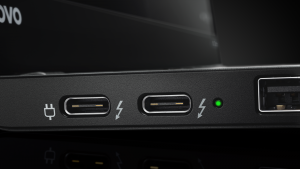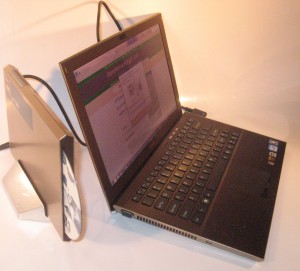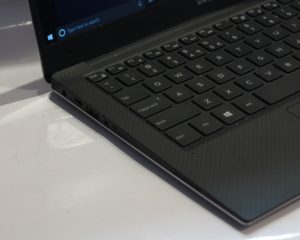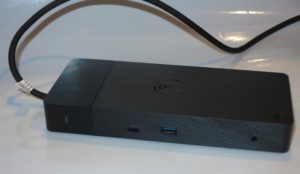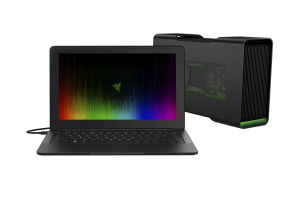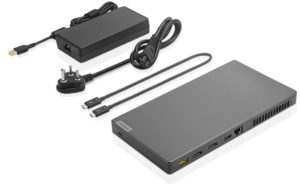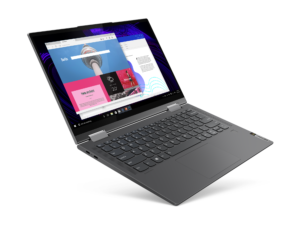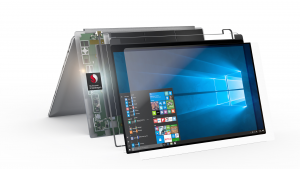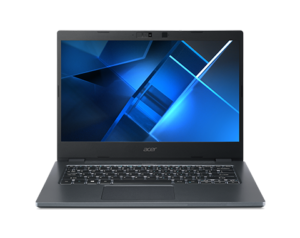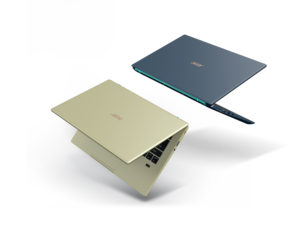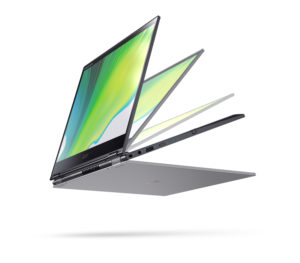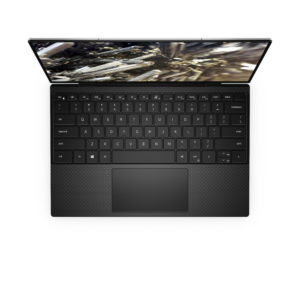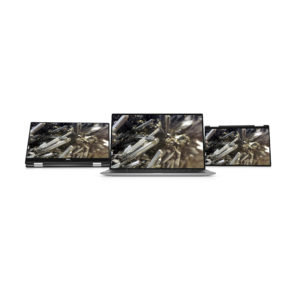Microsoft makes ARM-64 regular computers more legitimate
Through the late 1980s and the 1990s, there were a range of regular personal desktop computers that used various forms of processors that implemented RISC (Reduced Instruction Set Computing) technology.
The most common of these were the Apple Mac computers that used Motorola PowerPC silicon and existed before Apple implemented Intel silicon with examples like the original iMac. As well, the Sony PS3, Microsoft XBox 360 and Nintendo Wii games consoles implemented PowerPC RISC silicon at the heart of these devices so you may have played with this technology without knowing it.
But there were some computers with niche appeal like the SGI Indigo or the Sun Microsystems SPARC-based workstations that used limited-appeal high-power RISC chipsets. Acorn even ran a range of computers pitched to the education sector in the form of the Archimedes and RISC PC that were the first to implement today’s ARM RISC technology.
These systems were more about maximum graphics and multimedia power or high-load workstation-class computing that was to be achieved in an efficient manner. But Intel and Microsoft had brought a very similar level of power to computers based on their traditional i86-based CISC (Complex Instruction Set Computing) processors.
Through the 2000s and 2010s, Apple implemented Intel i64-based (64-bit i86 microarchitecture) silicon in their lineup of MacOS-based regular computers and adapted to this new microarchitecture. Now they have licensed ARM-64 (64-bit ARM RISC) microprocessor technology and used that to build their own M-Series system-on-chip processors.

Qualcomm Snapdragon X Elite processor chip – maturing ARM64 RISC computing for the Windows-based regular computer
Now Microsoft is developing their desktop operating system, application software and software-development tools to also work with ARM-64 RISC microarchitecture. They are also partnering with Qualcomm to work on a series of Snapdragon ARM64-based system-on-chip microprocessors for use in laptops that run Windows with this effort coming to maturity this year in the form of the Snapdragon X system-on-chip processor.
This is because ARM-based RISC computing is being used in portable and low-power computing setups like mobile-platform smartphones and tablets. It is also being implemented in set-top boxes, smart TVs, network-attached storage devices and similar devices where a low-profile or flexible design is being preferred. For portable devices, this will be about longer battery life such as many days on a charge or being equipped with smaller batteries. For statioary devices, it will be about compact or flexible power-efficient device designs.
As well, Apple and Microsoft are moving towards ARM64 microarchitecture for their regular-computer hardware and software to slow down the decline in business and consumer interest in this client-side computer class.
For Microsoft, Windows 11 has made it possible to emulate a 64-bit Intel operating environment on ARM64 computers like those using the Qualcomm Snapdragon X system-on-chip. This would allow most of today’s software and games to run on these computers. As well, Qualcomm and Microsoft are driving the on-device AI abilities associated with Snapdragon X by marking these computers as “CoPilut+ computers”.
These computers will answer most mainstream computing tasks especially on highly-portable or “all-in-one” computers. But to see stronger appeal, there may be market pressure to have a wide range of core games or creative software developed for or ported to ARM64 platforms.
Creative software that was written for or ported to Apple Macs using M-Series silicon could just as easily be developed for ARM-based Windows computers. This has also increased the validity of regular computers using ARM64-based technology amongst the creator / prosumer community. Similarly games studios that wrote for games consoles that have used PowerPC or ARM technology as well as i86/i64 technology desktop computers will also be able to adapt easily to this new reality.
At the moment, the regular-computer scene will still end up as a “horses for courses” environment with Intel/AMD-based silicon being for high-power computing tasks like core gaming or certified workstations, or where the highest level of hardware and software compatibility is desired. That is while the ARM64-based computers will hold their ground for an increasing amount of mainstream computing tasks.
But I would still consider the ARM64-based computers as being a viable alternative to i64-based Intel or AMD powered regular computers that run Windows or Linux as their operating systems.



